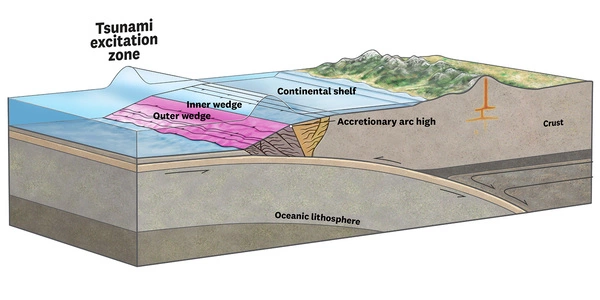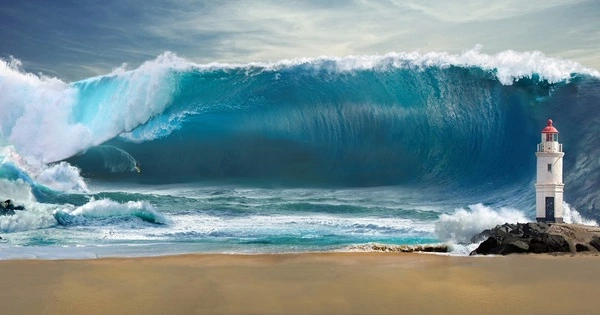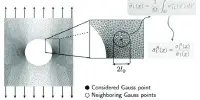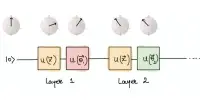USC researchers discovered a link between tsunami severity and the width of the outer wedge (the area between the continental shelf and deep trenches where large tsunamis emerge), which helps explain how underwater seismic events cause large tsunamis.
The 2004 Sumatra earthquake produced one of the most devastating tsunamis ever recorded, with 100-foot waves killing nearly 230,000 people and causing $10 billion in damage. It also marked the beginning of a new understanding that powerful tsunamis are caused by shallow earthquake ruptures of underwater fault lines. Future tsunamis are likely to be just as powerful, if not more so, wiping out entire communities and killing even more people. Although current research points to rupture depth as a key factor in predicting tsunami severity, those models fail to explain why large tsunamis still occur following relatively small earthquakes.
Now, USC researchers have discovered a link between tsunami severity and the width of the outer wedge (the area between the continental shelf and deep trenches where large tsunamis emerge), which helps explain how underwater seismic events cause large tsunamis. The authors used insights from a survey of previous tsunamis to analyze geophysical, seismic, and bathymetric data from global subduction zones in order to identify and discuss potential tsunami hazards.
According to their most recent research, current tsunami prediction models underestimate tsunami severity by up to 100%. The study was published in the journal Earth-Science Reviews.
We discovered this incredibly simple correlation thanks to the benefit of hindsight. Much of this is unknown, so more research is needed, but the relationship between outer-wedge width and tsunami run-up is clear enough that it can be extrapolated.
Sylvain Barbot
“Close to half of the human population is coastal, leaving our population and infrastructure vulnerable to seismic and tsunami hazards,” said USC’s Sylvain Barbot, associate professor of Earth sciences at USC Dornsife College of Letters, Arts and Science sand co-author of the study.
“To protect our livelihoods and our economy, we must protect ourselves from these very violent hazards, which are relatively infrequent but still occur. We can’t stop this hazard, so we must mitigate its effects. This includes developing tsunami evacuation plans and an urban development plan to avoid having schools and hospitals in inundation zones. There are preventive measures we can take to protect ourselves against tsunamis and flooding in the long run, and our study describes how to define the area affected by these hazards.”
Tsunami threat: Excitation zone width highly correlated with severity
To develop their new model, Barbot and co-author Qiang Qiu, now at the South China Sea Institute of Oceanology under the Chinese Academy of Sciences, analyzed the structural and tectonic settings of nearly a dozen global earthquake-generated tsunamis. Varying in location and intensity, the analysis found that particularly large tsunamis emerge after horizontal movement is transferred to uplift in the outer wedge of sediment located between the continental shelf and the deep ocean trench. The many faults and folds of the outer wedge of accretionary prisms efficiently redirect the sub-oceanic horizontal motion generated by great and giant trench-breaking earthquakes into potentially devastating tsunamis.

“At subduction zones, we can quickly determine where and how big earthquakes are,” Barbot said. “If they are relatively shallow, our results can quickly determine the tsunami height they can produce. This can help improve short-term mitigation strategies for early warning systems that are already in place.”
The survey of earthquake-generated tsunamis revealed a correlation between the width of the outer wedge and maximum tsunami strength caused by earthquakes with moment magnitudes ranging from 7.1 to 8.2. (Mw). As a result, the researchers were able to produce estimates of future tsunami severity caused by a variety of seismic events.
Middle East, Alaska and Pacific Northwest among regions facing tsunami threat
The authors investigated another 30 active subduction zones. Utilizing the correlation between the width of the outer wedge with tsunami run-ups, they shed light on the threat posed by potential tsunamis. The authors identified the Western Makran (Iran), Western Aleutian, Lesser Antilles, Hikurangi (New Zealand) and Cascadia subduction zones as having the potential to produce the highest tsunami run-ups. For instance, the Cascadia subduction zone — located off the U.S. West Coast near Oregon and Washington — could suffer tsunamis 160 feet high in the wake of a major quake, double what current models project.
“The region that should be most concerned about this is Iran and Pakistan,” said Barbot. “Much of their industry and population are concentrated on their southern coast, exposing them to the greatest potential tsunami run-up hazard – potentially reaching 90 meters [nearly 300 feet] in the event of a 9.0 Mw earthquake. The threat, however, is nearly as severe in other subduction zones. In the Pacific Northwest, tsunami mitigation measures are already in place, but they may be preparing for a lower run-up than will occur.”
While these findings help to explain how severe tsunamis are caused by shallow seismic events, the authors suggest that future efforts should include three-dimensional imaging of the outer wedge. Identifying the structural and rheological controls that transform a rupture into a trench-breaking earthquake is critical to understanding the path from earthquake to tsunami.
“We were able to find this correlation with this study simply because we have a lot of data now,” Barbot explained. “We discovered this incredibly simple correlation thanks to the benefit of hindsight. Much of this is unknown, so more research is needed, but the relationship between outer-wedge width and tsunami run-up is clear enough that it can be extrapolated.”
















